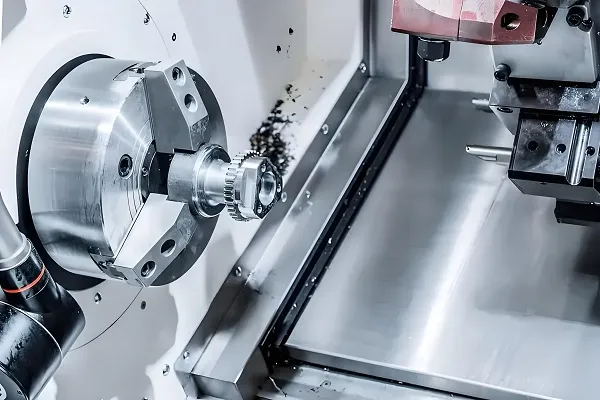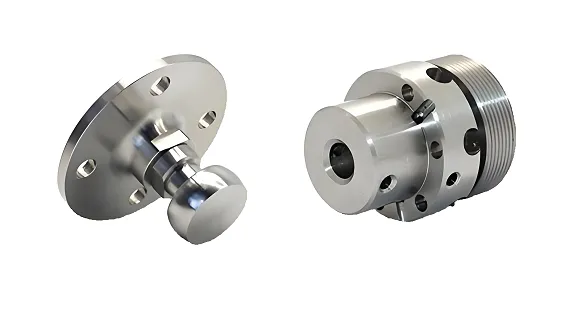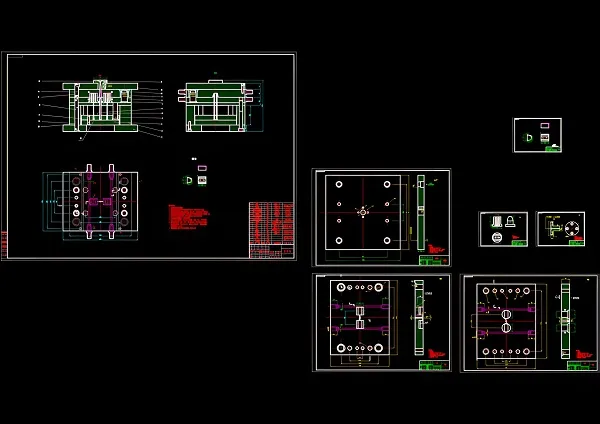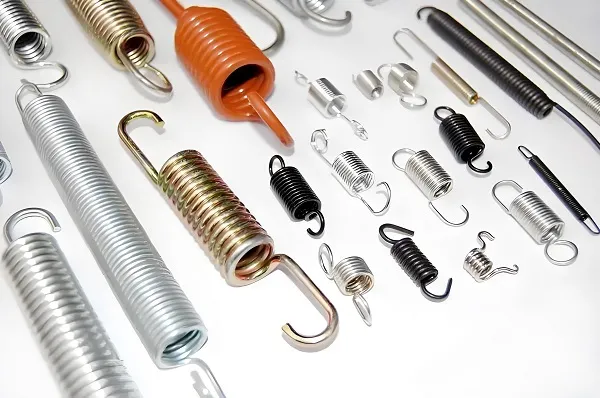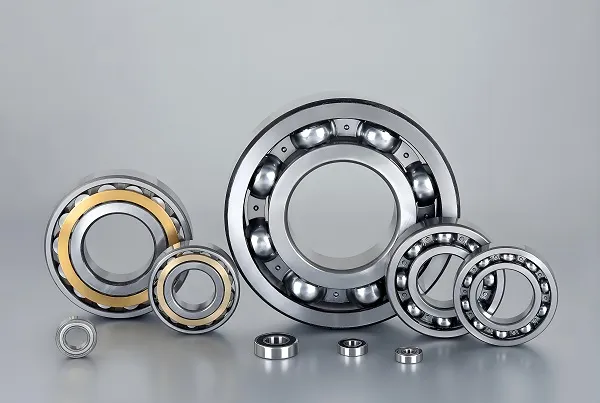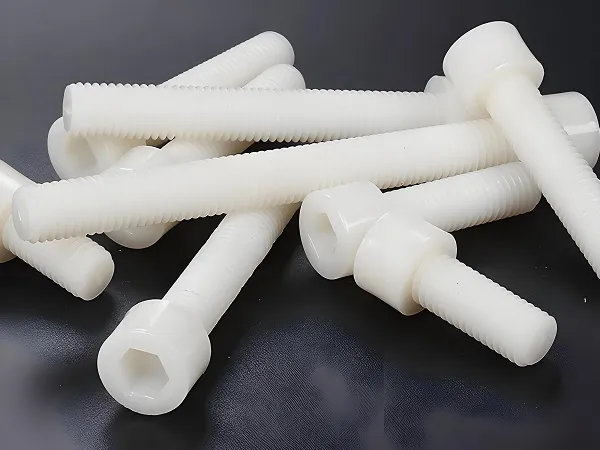Metal stamping dies are precision tools used to shape, cut, or form metal sheets into specific parts through high-pressure processes. These dies, consisting of punches, dies, and guide components, determine the accuracy, consistency, and efficiency of stamping operations. Custom metal stamping dies are tailored to unique part designs, material types, and production volumes, ensuring optimal performance for specialized manufacturing needs across industries.
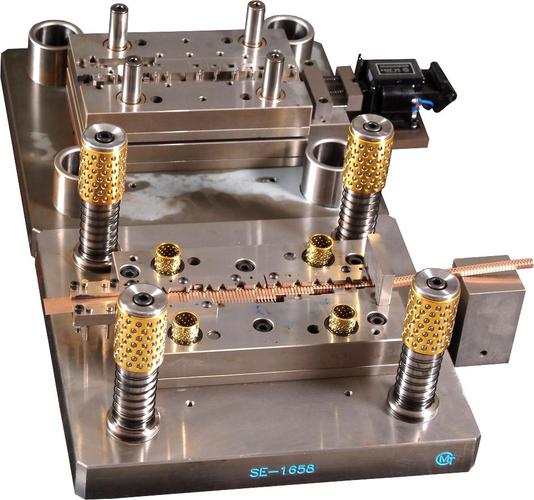
1. Why Custom Metal Stamping Dies
Standard stamping dies are limited to generic shapes and sizes, failing to meet the demands of complex or specialized parts—whether intricate electronic connectors, automotive body panels, or medical device components. Custom metal stamping dies solve this by delivering precise tooling that matches unique part geometries, including features like embossed patterns, complex cutouts, or tight tolerances (±0.01mm) that standard dies cannot achieve.
Customization enables optimization for specific materials (aluminum, stainless steel, high-tensile alloys), ensuring the die can handle material thicknesses and properties without causing defects (wrinkling, tearing). For high-volume production, custom dies can integrate features like progressive stations (multiple operations in one pass) to reduce cycle times, while for low-volume or prototype runs, they can be designed for quick adjustments. Additionally, custom dies align with industry standards (ISO 9001, IATF 16949 for automotive), ensuring compliance and reliability in regulated sectors.
Customization enables optimization for specific materials (aluminum, stainless steel, high-tensile alloys), ensuring the die can handle material thicknesses and properties without causing defects (wrinkling, tearing). For high-volume production, custom dies can integrate features like progressive stations (multiple operations in one pass) to reduce cycle times, while for low-volume or prototype runs, they can be designed for quick adjustments. Additionally, custom dies align with industry standards (ISO 9001, IATF 16949 for automotive), ensuring compliance and reliability in regulated sectors.
2. Metal Stamping Dies Processing Technologies
- CNC Milling (3-Axis & 5-Axis): Shapes die components (punch faces, die cavities) from solid blocks with high precision. 5-axis milling handles complex 3D features (curved surfaces, angled cuts) in a single setup, reducing errors from multiple operations.
- Wire EDM (Electrical Discharge Machining): Uses electrical discharges to cut hardened tool steel into intricate shapes (narrow slots, fine contours) with exceptional accuracy (±0.002mm). Ideal for dies requiring sharp edges or complex internal geometries.
- Sinker EDM: Creates cavities or recessed features in dies by eroding material with a shaped electrode, suitable for forming dies with curved or irregular surfaces (automotive fenders, appliance panels).
- Grinding (Surface & Cylindrical): Finishes die components to ultra-smooth surfaces (Ra 0.05μm) and tight dimensional tolerances, ensuring uniform contact with metal sheets and reducing wear.
- EDM Hole Drilling: Creates precise guide holes (for punches) or cooling channels in dies, with hole diameters as small as 0.1mm, critical for alignment and thermal management.
3. Metal Stamping Dies Processing Flow
- Design & Engineering: Collaborate with clients to analyze part blueprints, material specifications (thickness, tensile strength), and production goals (volume, cycle time). Use CAD/CAM software (AutoCAD, SolidWorks) to design die components, simulating stamping processes to identify potential issues (material flow, stress points).
- Material Selection: Choose tool steel grades based on part complexity and production volume—D2 or SKD11 for high-wear applications; S7 for shock resistance in heavy-gauge stamping; or carbide for ultra-high-volume runs.
- Rough Machining: Cut raw material blocks into approximate die shapes using CNC milling or cutting machines, removing excess material to reduce processing time in finishing steps.
- Precision Machining: Use Wire EDM, sinker EDM, or 5-axis milling to create final die features (punch tips, die cavities, guide posts) with tight tolerances, ensuring alignment and functionality.
- Heat Treatment: Harden die components through processes like quenching and tempering to achieve surface hardness (58–62 HRC for tool steel), enhancing wear resistance and lifespan.
- Finishing: Grind surfaces to achieve flatness (≤0.005mm/m) and parallelism, then polish contact areas to reduce friction and prevent material galling.
- Assembly & Testing: Assemble die components (punches, dies, springs, guides) and test with sample materials to verify part accuracy, tool alignment, and cycle performance. Adjustments are made to optimize stamping quality.
4. Metal Stamping Dies Materials
-
Tool Steels:
- D2 (Cr12Mo1V1): High chromium content provides excellent wear resistance and hardness (60–62 HRC), ideal for high-volume stamping of thin metals (electronics, automotive clips).
- SKD11 (JIS): Similar to D2, with good toughness and machinability, used for medium to high-volume dies processing stainless steel or aluminum.
- S7: Shock-resistant tool steel (54–58 HRC) that withstands heavy impacts, suitable for thick-gauge metal stamping (structural parts, brackets).
- A2: Balances wear resistance and toughness (57–59 HRC), used for general-purpose dies in low to medium production volumes.
-
Carbides (Tungsten Carbide): Extreme hardness (85–90 HRC) and wear resistance make them ideal for ultra-high-volume stamping (10 million+ parts) or abrasive materials (high-silicon aluminum, stainless steel).
-
High-Speed Steels (HSS): Offer good toughness and heat resistance, used for dies requiring high cutting speeds or processing high-temperature alloys.
5. Metal Stamping Dies Applications
- Automotive Industry: Dies for stamping body panels, chassis components, brackets, and connectors, using high-wear tool steels to handle high-volume production (100,000+ parts).
- Electronics & Electrical: Precision dies for forming micro-components (USB connectors, terminal blocks) and sheet metal enclosures, requiring tight tolerances (±0.005mm) and fine features.
- Aerospace & Defense: Dies for stamping titanium or aluminum alloy parts (aircraft brackets, missile components), using heat-resistant materials to handle high-strength metals.
- Appliance Manufacturing: Dies for producing washing machine drums, refrigerator panels, and HVAC components, balancing durability with cost-effectiveness for medium-volume runs.
- Medical Devices: Dies for stamping stainless steel parts (surgical instrument components, implantable parts), meeting strict cleanliness and precision standards (ISO 13485).
- Construction & Hardware: Dies for forming metal brackets, fasteners, and structural parts, using shock-resistant steels to handle thick-gauge materials (3–10mm).
6. Metal Stamping Dies Performance Additions
- Surface Treatments: Nitriding or carburizing increases surface hardness (up to 65 HRC) and wear resistance, extending die life by 30–50% in high-volume applications.
- PVD Coatings: Titanium nitride (TiN) or chromium nitride (CrN) coatings reduce friction between die and material, preventing galling and improving part surface finish.
- Precision Guides: Integrate ball bearings or linear guides to ensure punch-die alignment (±0.002mm), reducing wear and improving part consistency.
- Heating/Cooling Systems: Embedded channels for coolant flow prevent overheating in high-speed stamping, maintaining die stability and reducing thermal distortion.
- Quick-Change Components: Design modular dies with interchangeable punches or inserts, allowing fast retooling for multi-part production and reducing downtime.
7. Metal Stamping Dies Common Questions
-
How much does a custom metal stamping die cost?
Cost varies by complexity: simple dies (bending, blanking) start at $5,000–$15,000; complex progressive dies (multiple operations) range from $50,000–$200,000+. High-volume dies with carbide components may exceed $300,000. Costs are offset by lower per-part production expenses for large runs. -
What is the typical lifespan of a custom die?
Tool steel dies last 100,000–1 million parts; carbide dies can exceed 10 million parts. Lifespan depends on material (abrasive metals reduce life), maintenance, and heat treatment quality. -
Can custom dies handle multiple materials?
Yes—dies can be designed to process a range of metals (aluminum, steel, copper) by adjusting clearances and surface treatments. However, significant material thickness changes may require die modifications. -
How long does it take to produce a custom die?
Simple dies take 4–6 weeks; complex progressive dies require 12–16 weeks, including design, machining, and testing. Rush options can shorten lead times by 20–30% with expedited processing. -
How to maintain custom stamping dies?
Regular cleaning (removing metal debris), lubrication of moving parts, and inspection for wear (cracks, dull edges) extend life. Resharpening punches or replacing worn inserts restores performance without full die replacement.
Need a custom metal stamping die tailored to your part design, material, or production needs? Whether you’re producing high-volume automotive components or precision electronics parts, we can engineer a die that delivers accuracy, durability, and cost efficiency. Share your part blueprints, material specs, and production goals in the comments, and our team will provide design recommendations, cost estimates, and lead time projections. Let’s build a die that transforms your stamping process!

